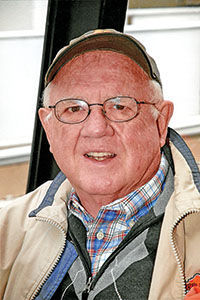When it comes to helping farriers in identifying lameness issues, Susan Dyson offers some practical advice that she follows when taking a look at horses.
The biomechanics researcher at the Animal Health Trust in Newmarket, England, and a high level Federation of Equestre Internationale rider, says it is critical to observe problem horses from the front, side and behind.
She told attendees at last winter’s meeting of the American Association of Equine Practitioners in Nashville, Tenn., that she prefers to observe a horse being exercised on a gravel surface. Rather than being evaluated on concrete that may have traction concerns for the animal, the gravel surface allows the horse to be worked freely.
To make it easier to determine whether a lameness issue is leading to body pain, the International Equine Veterinarian Hall Of Fame member checks for gait irregularities when the horse is being worked in a circle rather than doing an evaluation at a trot in a straight line. She finds lameness concerns are often easier to spot when the lame foot is along the outside of the circle.
Dyson also prefers to observe horses being ridden under saddle, as she has found some lameness issues only show up when the horse is being ridden. At the same time, she has found a good rider can mask lameness concerns, while a bad rider can make lameness concerns worse.
While many evaluations are done at a trot by farriers, Dyson likes to also evaluate horses for lameness issues at a canter. She finds this gait often places different biomechanical loads on the limbs.
Another piece of advice offered by Dyson is to take a second look at a problem horse when it has stood for a full hour. She finds that sometimes a lameness issue that loosened up during the first evaluation may become more evident as the horse is again exercised.
What are your ideas when it comes to evaluating horses for lameness issues? Let us know by emailing me at lessitef@lessitermedia.com so we can share your ideas with other hoof-care professionals.







